Introduction
The Saudi royal family, the House of Saud, is one of the most powerful families in the world. With a total network that exceeds one trillion dollars, the family might also be the wealthiest family in the world; it would not be remiss to say that the Saud family is the wealthiest family in history. There are, according to some sources, close to 10 to 20 thousand members of the family, with close to 5,000 princes and princesses. It is a large family. The family patriarch is the king of Saudi Arabia, and an absolute monarch. Three members of this family were found to contravene the law of the state, which is based on sharia law. Why were they executed and what were their crimes. Let’s take a plunge into the executions of three Saudi royal family members to understand their crimes and how they were punished.
Faisal bin Musaid
Background
Faisal bin Musaid (full name: Faisal bin Musaid Al Saud) was born in the year 1944. He was the grandson of the founder of Saudi Arabia and an influential figure inside the House of Saud. His father was Musaid bin Abdul Aziz, who was half-brother of the king at that time, King Faisal. Bin Musaid, had a comfortable childhood and, when he was older, went to the United States for higher education, where he complete a bachelor’s degree in political science from University of California, Berkley.
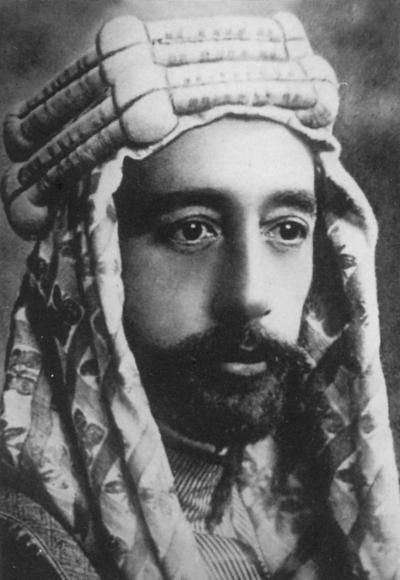
Bin Musaid’s older brother Khaled was a religious fundamentalist who considered television be immoral and promoting degeneracy. One day, he raided a TV channel’s headquarters and was killed by the royal police forces. Some would consider it a target killing while the police argued that Khaled was killed while resisting arrest. The death of Khaled would profoundly affect Faisal Bin Musaid who was reportedly emotionally unstable.
During his stay in the United States, Bin Musaid made a girlfriend named Christine Surma, who would be later accused of being a spy of CIA and Mossad by authorities investigating Bin Musaid’s crime.
After his studies were completed, Bin Musaid traveled to several countries, including Lebanon and East Germany. Eventually he returned to Saudi Arabia and started teaching at the Riyadh University.
Crime
On 25th of March 1975, Bin Musaid went to meet king Faisal, his paternal uncle. While the king was holding a meeting with foreign dignitaries, Bin Musaid entered and when the king bent his head to greet Bin Musaid, he shot the king twice in the head. He fired another shot while he was having a scuffle with the guards, but this time he missed. He was quickly overpowered, detained, and sent to jail where he quickly confessed to the crime of the assassination of King Faisal. He was found guilty of regicide during the trial and sentenced to death by beheading by a sharia court.
Execution
Faisal bin Musaid was scheduled to be executed 18th June, 1975. His execution would be carried out on a public square according to sharia law. On the day of the execution, thousands of people gathered on the square to witness the execution of the assassin of their beloved king, Faisal bin Abdulaziz Al Saud.
Bin Musaid was led to the execution point by guards and according to witnesses he was walking unsteadily and trembling as he approached the square where he would meet his end. He was wearing a white Arabic robe and blindfolded. He was made to sit on his knees and was beheaded with one fell swoop of a gold-handled sword. At the time of the execution, Faisal bin Musaid was 26 years old.
Mishaal bint Fahd
Background
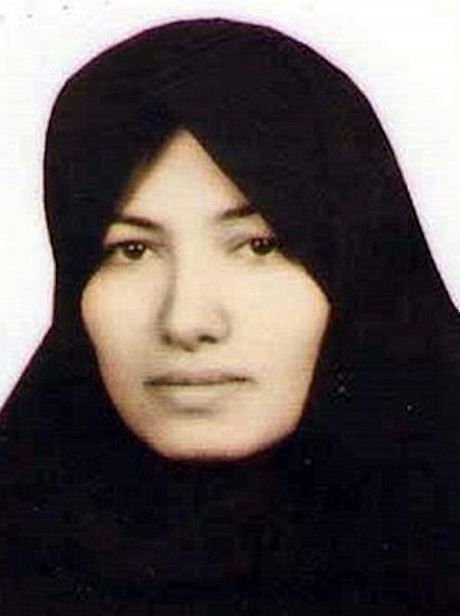
Mishaal bint Fahd Al Saud was a Saudi royal princess who was born in 1958. She was the great daughter of King Abdul Aziz, the founder of Saudi Arabia and and the niece of King Khalid, the monarch of Saudi Arabia at the time of her execution. She was one of the 2,000 princesses of Kingdom of Saudi Arabia. After getting her initial education in Saudi Arabia, she moved to Beirut, Lebanon for higher education. While in Beirut she met a man named Khaled al Sha’er Muhalhal, who was a close relative of the Saudi ambassador in Lebanon.
Crime
Mishaal and Khalid began a relation which continued throughout the period of her stay in Beirut. After the news of her relationship with Khaled spread, her family summoned her back home and ordered her to end the relationship. Mishaal, however, continued the relationship with Khaled and met him alone on several occasions – a serious offense in Saudi society at the time – and refused to marry another person which her family had arranged for her. The couple, Mishaal and Khaled, secretly got married and to a resort near Jeddah where they lived in secrecy for some time. She was reported to have eloped by the family and this effectively sealed her fat. Knowing that the world was closing in on them, they decided to run away from the Kingdom and move to another country. They made a plan to hoodwink the authorities who were all over the place looking for them and fly away to another country.
On the Run
The couple decided to fake Mishaal’s death and run away. In August 1977, Mishaal went to a river, took off her clothes to make it appear that she had drowned and left for her room where she disguised herself as a man. She cut her hear short, wore a Saudi men’s robe keffiyeh and left for the Riyadh airport where they planned to board the aircraft separately to avoid capture. Sadly for them, airport security guards were able to identify her and both Mishaal and Khaled were promptly arrested.
Trial
They were brought before a court on accusation of elopement but the judge dismissed the case stating the couple had not broken the law since the couple were married. King Khaled, the King of Saudi Arabia at the time refused to adjudicate the matter and sign a death sentence against the couple.
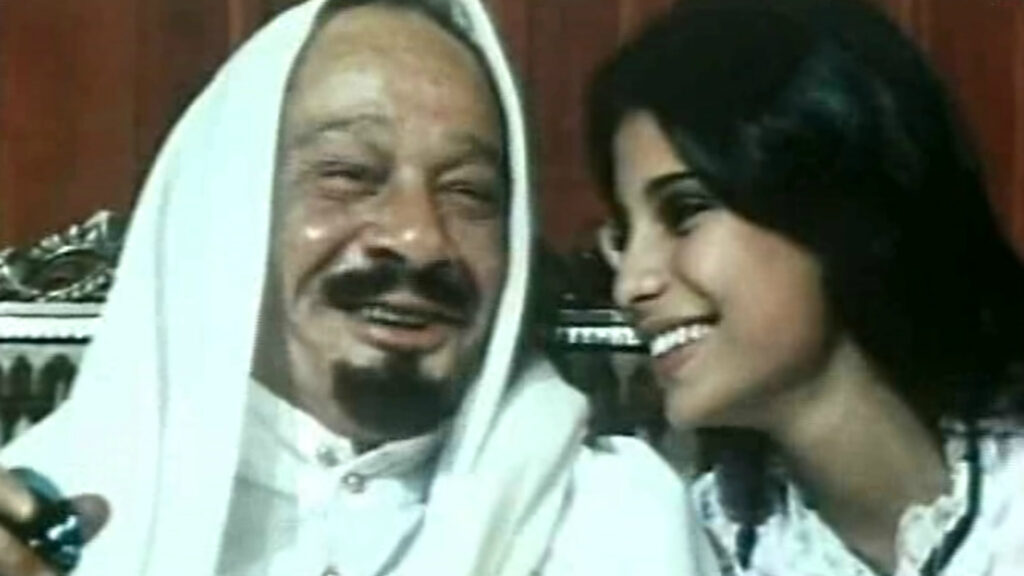
Prince Muhammad bin Abdul Aziz nicknamed Muhammad Abu Shaarain (Muhammad of the Two Evils), the grandfater of Mishaal, had been next-in-line for the throne but was passed over because of his choleric temperament and his alcoholism (hence the nickname). Prince Muhammad, being the patriarch of the family, decided to adjudicate the case. Under sharia law, a person can be convicted of adultery if either there is a testimony of four witnesses or if the offender confesses to his or her own guilt. There weren’t any “witnesses” so the only way they could be convicted was through admission of guilt. Mishaal’s family pleader her not to confess and promise to not see her lover ever again. She refused and confessed to her “crime” saying “I have committed adultery” four times as required by the law. This sealed the fate of the Mishaal and Khaled and Prince Muhammad condemned the couple to be executed on charges of adultery and for bringing dishonor upon the family name.
Execution
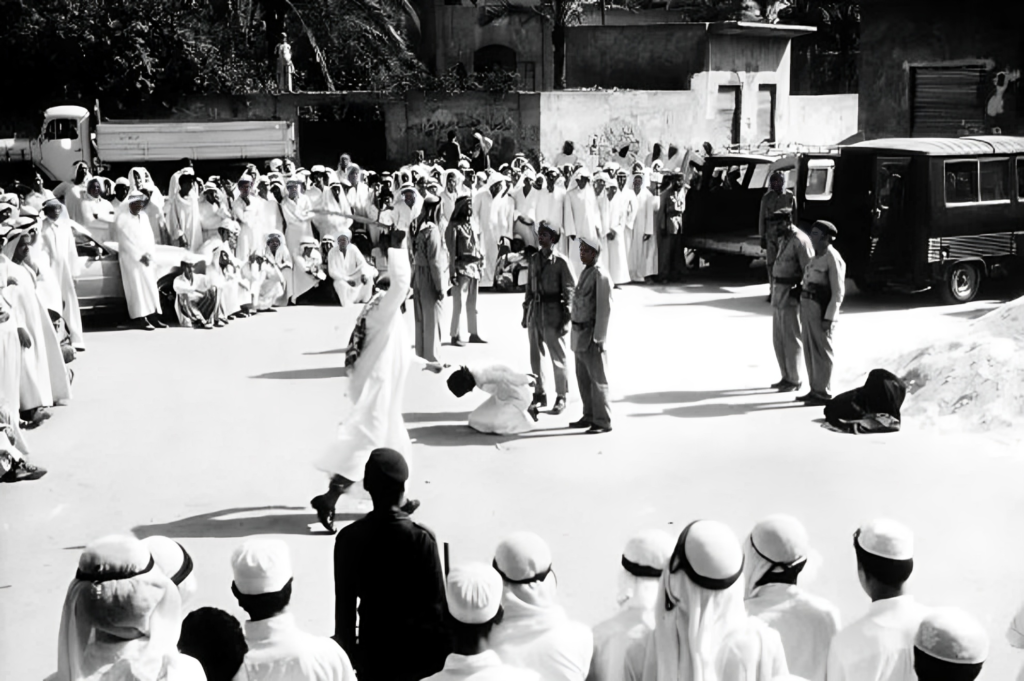
On a sunny Friday day in Jeddah, Mishaal bint Fahd and her husband Khaled, were led to a town square where a mob had gathered to witness their execution. Mishaal was executed by two gunshots to the head and collapsed before Khaled. After that, Khaled was beheaded with a sword; the execution was brutal and it reportedly took four blows to the neck to behead the victim. Princess Mishaal was only 18 years old at the time of her execution. Her life would be later turned into a documentary titled The Death of a Princess.
Turki bin Saud
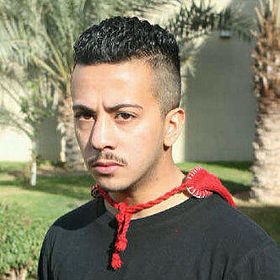
Background
Turki bin Saud Al Kabeer was born in 1991 into the Saudi royal family. His grandfather was a close aide to King Abdulaziz, the founder of Kingdom of Saudi Arabia.
Crime
In December 2012, Turki bin Saud had a minor altercation with a friend named Adel bin Suleiman bin Abdulkareem Al Muhaimeed during a campsite outside Riyadh. After some time, the altercation got heated and the prince shot Adel bin Suleiman who died on the spot. Another man was injured during the brawl but he survived.
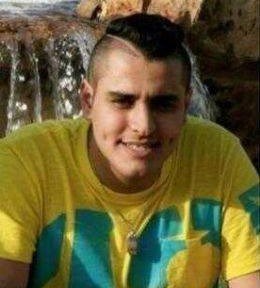
Prince Turki called the police on himself and voluntarily went with the police. The prince was found guilty of murder and was sentenced to death by beheading according to sharia law. The victim’s family refused to accept diya, blood money in exchange for sparing the convict and he was scheduled to be executed in a public square according to the law of Saudi Arabia.
Execution
On the day of the execution, Prince Turki offered the morning prayer and recited the Quran until dawn. He wrote his last will, made ablution, and met with his family for the last time. His family pleaded with the victim’s family to give him clemency by accepting diya money, but the victim’s family, despite being commoners, refused to accept blood money and insisted on the execution of the killer.
Prince Turki was led to the town square where he was executed by beading at 4:13 pm.
These executions of people belonging to the Saudi royal family have irked some while convincing others that the Saudi legal system is equity-based and no one is above the law. While it is true that to some these punishments seem brutal, Saudi Arabia is known to be one of the most peaceful societies in the world.
